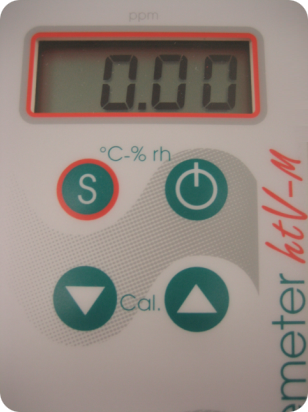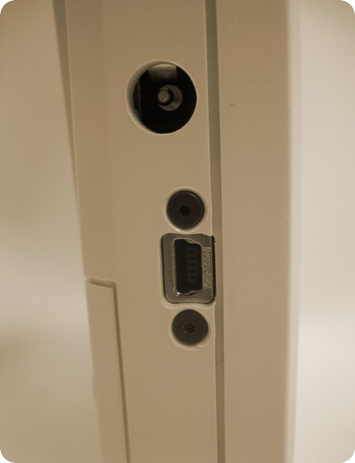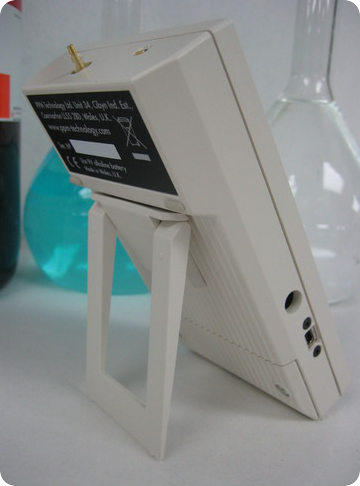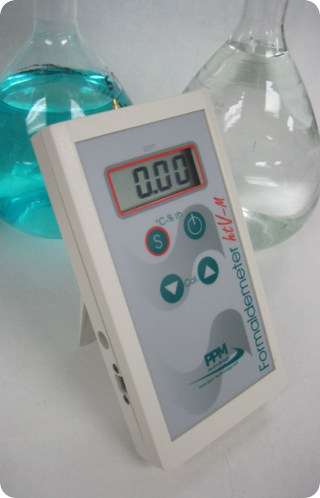Product Details
With the subject of Indoor Air Quality becoming more prominent and recognised throughout many different industries, it has become essential to be able to accurately monitor low levels of indoor pollutant gases.
The Formaldemeter htV-M offers the same precise 3 parameter monitoring for low levels of hazardous formaldehyde vapours under extremes of temperature and humidity as seen in the world-wide success of the Formaldemeter htV but with the addition of these impressive extra features:
- A built in non-volatile memory that can be upgraded.
- Capable of up to one month of continuous monitoring.
- A real time clock.
- Built in alarm
- Mains or battery powered.
- Can be used as a manual hand held and a continuous monitoring data logger.
- USB interface allowing direct connection to a PC for downloading data.
- Supplied with the htV-M download software.
- Manufactured to ISO 9001:2015 quality standards and compliant to CE regulations.
- Optional Wifi Module available
The htV-M can precisely measure formaldehyde concentrations in parts per million (ppm) and mg/m3 over a wide range of temperature and humidity. Fast and easy to use, pressing a single button gives an immediate indication of concentration levels. The improved Formaldemeter htV-M is reliable and simple to calibrate. The compact size means the htV-m is small enough to be used as a hand held device. The built in memory and real time clock enables the htV-m to log all 3 parameters and corresponding times, allowing improved monitoring and analysis opportunities. Alternatively a PC can automate the sampling and log data at specific times by a direct or wireless connection. This is advantageous as it allows the user more freedom and is a cost effective approach to taking such measurements.









